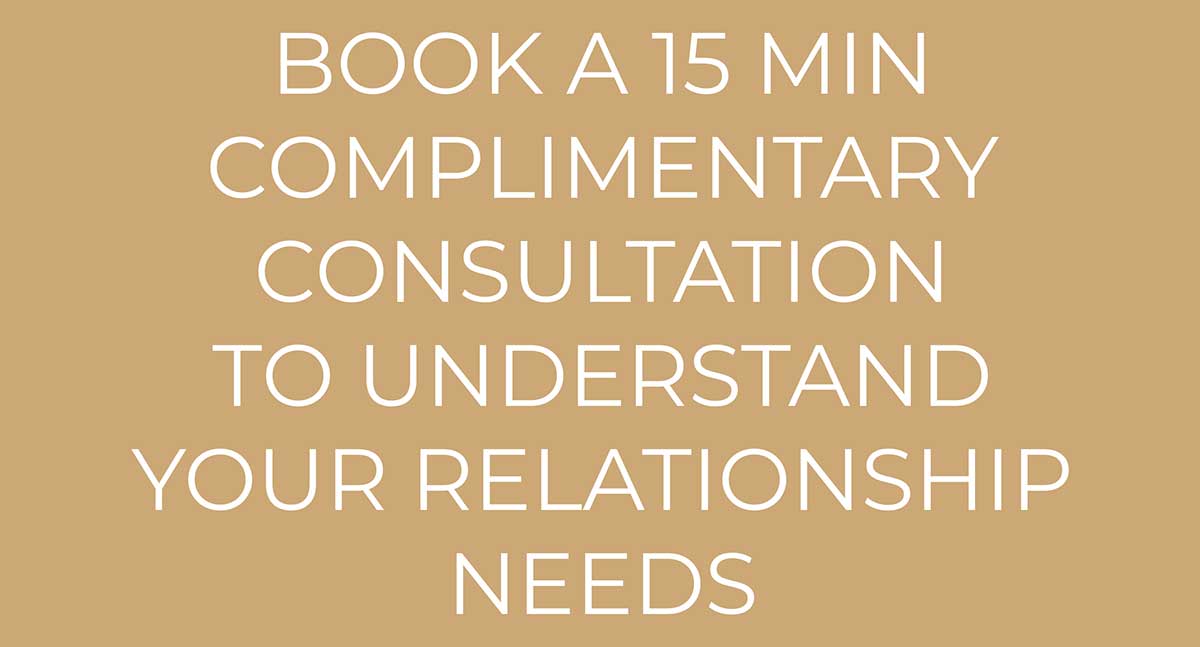
Psychotherapy has been proven to be an effective way to help people heal from various emotional difficulties and mental distresses, and coaching too has proven effective at helping people to achieve what they really want in life. One of the challenges that psychotherapy and coaching has been trying to resolve is to help people struggling with problems that are rooted in memories of a distressing experience. Different types of psychotherapy and coaching, including Neuro-Linguistic Programming have been hardly successful in working with such people. That is where Eye Movement Integration (EMI) comes into the picture. It is an innovative approach to psychotherapy and coaching that is effective in helping people heal from traumatic or emotionally distressing memories.
What is Eye Movement Integration?
Eye Movement Integration is an approach that uses guided eye movements to assist people to access recorded information in all its multisensory, cognitive, and emotional forms. It uses these resources for the integration and resolution of distressing emotional experiences and other psychological or emotional trauma. It integrates emotional or traumatic imprints with counterbalancing and ameliorating information from the client’s own emotional resources. In fact, EMI makes use of the natural healing processes of the mind, and therefore it is effective and gives rapid results.
The Origin and Development of Eye Movement Integration
Eye Movement Integration was introduced in the late 1980s by Steve Andreas and his wife Connirae Andreas. The crux of EMI lies in using eye movements to integrate and desensitize painful or emotional memories into the greater context of the person’s positive life experience. As you might know, our spontaneous eye movements are a reflection of our thought processes. According to Steve and Connirae, if thoughts get reflected in the direction of eye movements, then deliberate eye movements can influence the content of thoughts. They started to apply this technique to people who wanted to get relief from traumatic memories, negative emotional experiences, and fears about their future and it worked to heal them from the emotions!
How Memories are Formed in Humans?
In order to understand how Eye Movement Integration works, it is essential to have a basic understanding of how memories are formed in our brain. Generally, the sensory information travels from the respective sense organs to the thalamus region in the brain initially. From there, the sensory information will be directed to the respective areas of the brain. To be precise, the visual information will go to the occipital lobe; the auditory and verbal information will be directed to the temporal lobe. The frontal lobe is the area where the information is processed. The information is integrated with the stored knowledge and that is how perceptions are formed. The signals then travel to the limbic region and the amygdala. It is where the emotional associations regarding perception are determined. These areas of the brain are connected to the hippocampus where the short-term and long-term consolidation of memories take place. The hippocampus orchestrates the activation of the bits of sensory, cognitive, and affective information to form a memory. The human system is incredible, it is designed to keep us safe, but painful or emotional memories often hinder us from moving forward until they are resolved.
The Neurobiology of Traumatic or Distressing, Emotionally Charged Experiences
When it comes to traumatic, distressing or emotional charged experiences, the brain works differently. An alternative emergency pathway is invoked when the individual goes through threatening, or intense negatively charged experiences. In such situations, the information is sent directly to the amygdala through a single synapse. The amygdala is part of the primitive brain. It activates survival behaviors and emotional responses before the information reaches the frontal lobe. When it receives a threatening message, verbal communication included, it initiates the ‘fight or flight’ response of the brain. As a result, adrenaline production is activated leading to increased heartbeat, rapid respiration, high tension in the muscles, etc. The body comes back to normal once the frontal lobe processes the information and makes sure that there is no danger. It sends out signals for the body to relax and return to normal.
Though the hippocampus and the amygdala work in cooperation, the responses are different when you go through an overwhelming or highly stressful experience. Due to the intensity of the neuroendocrine stress response, the functioning of the hippocampus gets impaired. Subsequently, traumatic or emotionally charged negative events become recorded as fragmentary and non-integrated bits and pieces. These traumatic or emotionally charged memories often cause mental issues like post-traumatic stress disorder. Sometimes it causes milder symptoms like anxiety, depression, nightmares, sleep disorders, panic attacks, avoidance behaviors, etc. but everything can be resolved. Put simply, we are built to love, not to fight.
By working with Eye Movement Integration psychotherapists and coaches, people can get relief from the psychological impact of traumatic, or emotionally unsafe events that are really unhelpful to store in our body as memories, by converting the non-integrated negative memories into an integrated positive form. Eye Movement Integration is useful in treating past emotional challenges, and various distresses that result after a traumatizing or negative incident in an individual’s life.
How does Eye Movement Integration Work?
In Eye Movement Integration, eye movements are used as an inner homeostatic guide that helps the individual to come out of the past emotional, or traumatizing events. Before the session starts, the therapist or coach will work with the client to understand more about the individual, including his or her social environment, the cause of the distress or emotional issue, family details, physiological and psychological symptoms, etc. The therapist or coach many also try to understand the patterns of the client’s traumatizing or negative memories. The next goal is to map the individual’s visual range. The therapist or coach will move his or her hand to the limits where the clients eyes can comfortably follow without moving the head and identify the ranges that the client is less comfortable with.
During Eye Movement Integration sessions, the client will usually be asked to concentrate on a particular negatively charged memory, or an episode of it. They don’t even really have to talk about it, just gently recall the memory. Then the guided eye movement will be used by moving the hand with two fingers at a distance and rhythm in which the client can follow. After each session, the eye movements of the individual should be able to shift uncomfortable negative emotions, to absolute emotional peace. While mild emotional issues can usually be treated with one session, severe emotional issues or trauma might need 6 or more sessions, alongside the guidance of an experienced therapist or coach.
Summing up
Eye Movement Integration (EMI) is one of the innovative approaches with high efficacy in treating people struggling with the memories of negative emotional experiences or traumatizing events. It is a holistic treatment method that helps in mild to severe cases of emotional distress or trauma. This approach uses guided eye movements to help individuals and activates the natural healing process of the mind. After the sessions, the individual will still be able to memorize the events, but any negative emotional response to them will be greatly lessened, if not completely resolved, so the individual can find peace from the experience. Eye Movement Integration is powerful when used alongside therapy or coaching as it offers a new way to examine the nature of memory, physiology, consciousness, and our multisensory experience, and shift it by working with a skilled therapist or coach. Results can be life changing.



